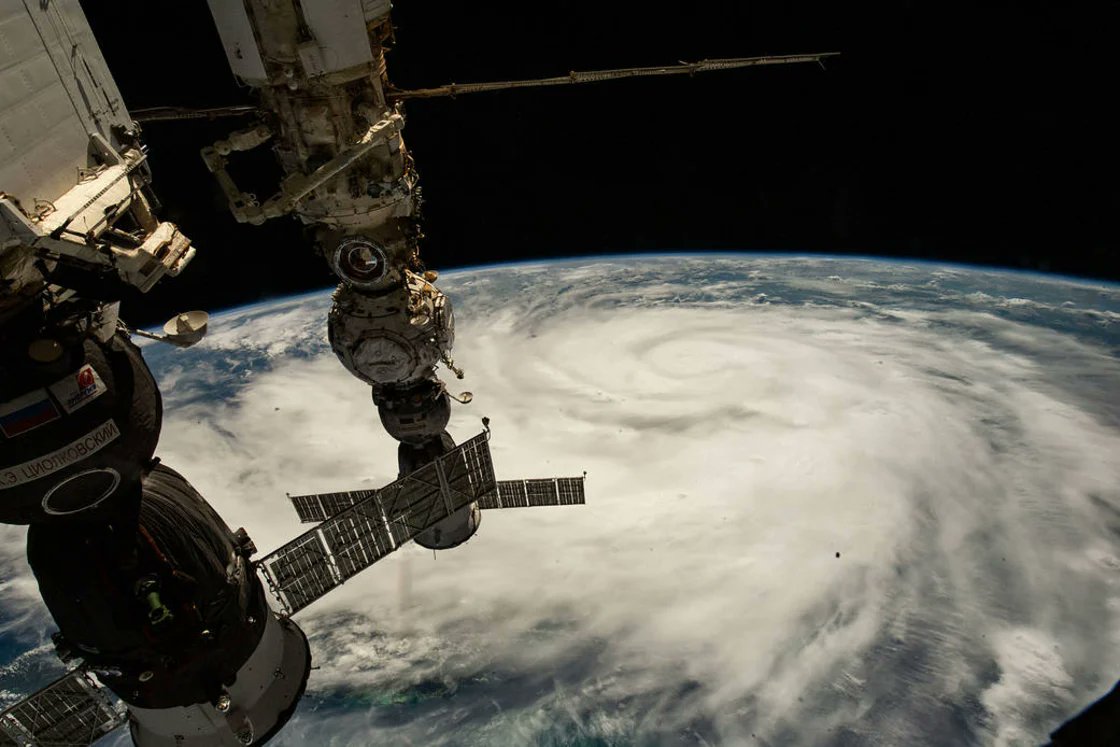Hurricane Ian smashes into Cuba and Florida, moves up the East Coast

I’ve spent the last few days watching The Weather Channel and other news outlets intently as Tropical Storm Ian became Hurricane Ian. I’m grateful for the meteorologists, pilots and other scientists who keep us updated and help us all prepare. But how does a community prepare for what is predicted to be record-setting storm surge and devastating rain and wind?
All of Cuba lost power when Category 3 Hurricane Ian hit the western portion of the island and devastated many of the critical tobacco farms located in that part of the country. Cuban utilities are starting to come back, but millions remain without power.
Right now, a nearly Category 5 Hurricane Ian is bringing flooding, rain, storm surge, tornadoes and tremendous winds as it makes landfall along the western coast. The storm is expected to continue its slow-moving path along the southeastern United States, bringing flooding rains and damaging winds to several states before it subsides.
Florida has been here so many times before, and our hearts are breaking as these communities find themselves dealing with this again. Federal, state and local governments heeded expert warnings and anticipated the storm’s impact. Preparedness planning and evacuations likely saved lives, but we are just now learning of the devastating effects on communities that took the brunt of the impact.
How can donors help those affected by the hurricane?
We won’t likely know the full impact of the storm on communities for days, if not weeks. For now, the focus of first responders is on addressing immediate needs – providing access to shelter, food, safe water and medical care.
At CDP, we ask donors also to consider the long-term needs of those affected by Ian, as recovery is never quick. The affected communities’ needs include building infrastructure, finding long-term housing solutions, supporting mental health for the layered trauma caused by the storm and protecting the people from future hazards.
After Hurricane Harvey in 2017, I witnessed the big city of Houston get tremendous national attention, resulting in a windfall of philanthropic funding focused exclusively there. But there were 46 other counties affected, and my travels to those other counties proved that Harvey’s impact was as devastating. And yet, they had fewer resources to recover.
Tampa Bay may be getting the bulk of the attention today, but there are other cities, towns and villages throughout Florida and other states that will need our help. Consider providing geographically flexible funding or directing your funding to areas where the spotlight does not shine as brightly.
We can help steward your donations. The CDP Atlantic Hurricane Season Recovery Fund supports the medium- and long-term needs of hurricane-affected people and communities, especially those people and communities without other resources for recovery. Learn how your donation to the Fund could make a difference to communities devastated by Hurricane Ian.
Also, if you or someone you love is personally experiencing the effects of Hurricane Ian, there is help in dealing with the overwhelming anxiety and stress. Call or text the Disaster Distress Helpline at 1-800-985-5990 for 24/7 emotional support.
